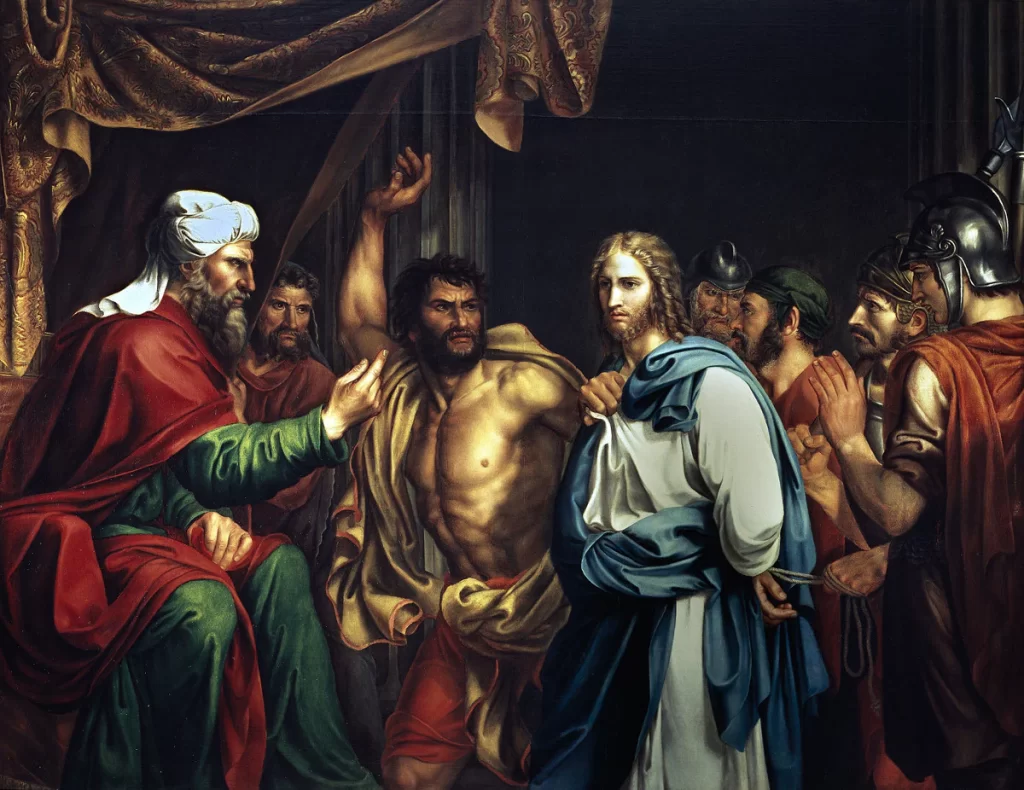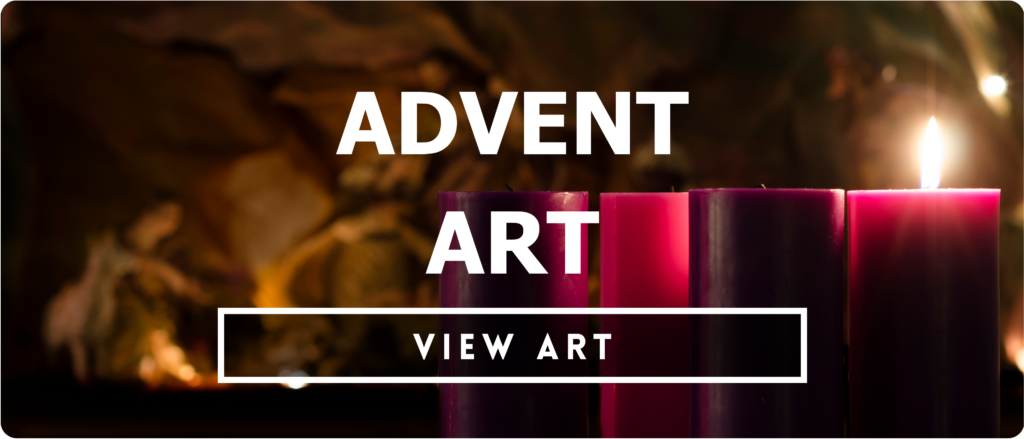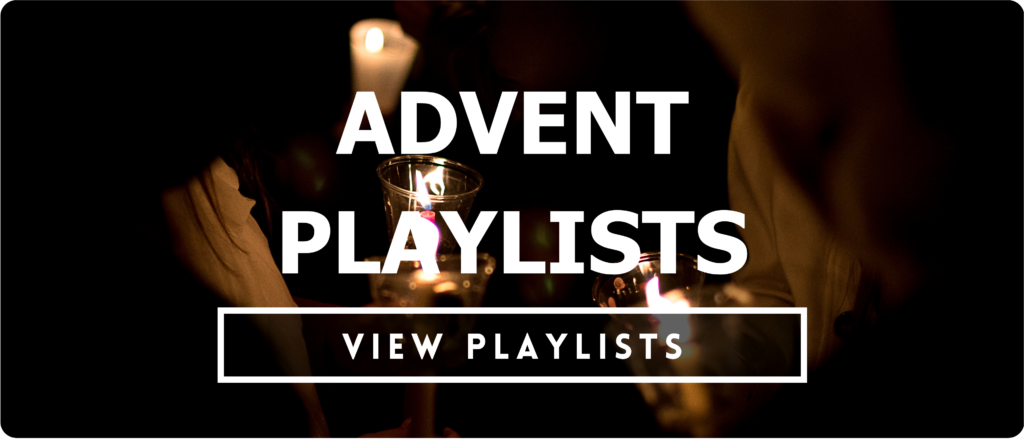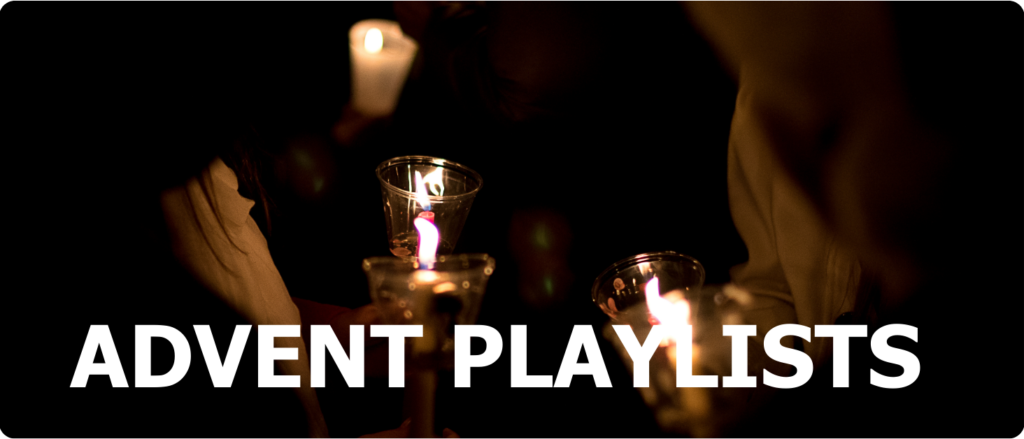



HIGH PRIEST
"Therefore, since we have a great high priest who has ascended into heaven, Jesus the Son of God, let us hold firmly to the faith we profess. For we do not have a high priest who is unable to empathize with our weaknesses, but we have one who has been tempted in every way, just as we are—yet he did not sin. Let us then approach God’s throne of grace with confidence, so that we may receive mercy and find grace to help us in our time of need." ~ Hebrews 4.14-16
The Jewish legal system called for a priest to stand between God and the people. He mediated the sacrifice that substituted as payment for the sin of the individual and for the nation.
A High Priest had special duties. He was the chief of all the priests. He was called upon once a year, on the Day of Atonement, to enter the Most Holy Place inside the Temple and sprinkle the blood of a sacrifice on the Ark of the Covenant. He offered this sacrifice on behalf of the nation of Israel for the entire year.
The author of Hebrews is proclaiming the supremacy of Jesus as our Great High Priest. He does not stand afar, but stands near us, the ones whom He represents. He has walked the same paths, endured the same temptations, and He has emerged victorious. He did not sin!
Unlike earthly high priests, who were required to undergo special cleansing rituals and sacrifices in order to be consider clean enough to stand before God and offer sacrifice on behalf of the people, Jesus was clean and righteous on His own merit. He did not require bathing or sacrifice to do His job as priest.
He stands before God, holy, not MADE holy by the effort of another, but holy because of Himself. He stands before God for eternity mediating on our behalf. Jesus, is the Great High Priest.
Prayer
Jesus, I am broken and cannot stand before a holy God. Thank You for being my Great High Priest. Thank You for standing in the gap between a holy, just, loving God and myself, a broken, flawed, sinful person. Thank You for making it possible for me to be reconciled to my Father. Amen.




Jesus in the House of Annas (1803)
by José de Madrazo
(oil on canvas)
Museo Nacional del Prado, Madrid, Spain
Spanish artist, José de Madrazo, was a chief exponent of the Spanish Neoclassical period. Here in his work entitled Jesus in the House of Annas, Madrazo has depicted one of the scenes after Jesus’ arrest, but before He is taken to Pontus Pilate.
The soldiers had first brought Jesus to the house of Annas who had previously been the High Priest and whose son in law was the current High Priest. Annas, as leader of a powerful priestly family, wielded an extremely influential position in Jerusalem. Consequently, Jesus was taken first to Annas and given an impromptu (and legally invalid) trial before being taken before Caiaphas, the current High Priest and being tried again.
Madrazo has captured the moment just before Jesus is struck for His perceived mockery of the one questioning Him. It is not clear from the text if this is Annas or Caiaphas.
Jesus stands in the midst of a hostile crowd with His hands tied behind His back. He is wearing a white tunic along with a blue pallium, a long cloth that is draped over the shoulder and wrapped around His waist. Jesus is calm and in complete control of Himself as He is being questioned. As is described in the Gospels, He is not angry or hostile in the face of His accusers. He is intent in doing the will of His Father.
The one who is questioning Jesus (Annas or Caiaphas), wearing a green tunic and red robe carries a stern, angry look on his face and has his hand raised in a combative manner. His eyes are narrowed and his forehead is furrowed. He wears a white turban, a distinctively High Priest garment.
Standing to Jesus’ right, a shirtless, muscular man grasps Jesus’ tunic and with his right arm raised, stands poised to unleash a blow upon Jesus’ face. He clearly did not like the answer Jesus has just given and is about to make Jesus pay for it.
In the background are several uniformed soldiers (one carrying a pike) and a couple of other men who were likely a part of the mob that had seized Jesus.
Two columns stand regally in the background along with a beautiful tapestry. A solitary individual hides behind and grasping a brown curtain. He seems to have a troubled look on his face. Is this Peter, watching the trial from the shadows?
What’s fascinating about this image is that Madrazo has presented us with a picture of two High Priests. One, the Jewish High Priest, questioning the true High Priest. The true High Priest, Jesus, who will mediate before God the Father, stands before an angry High Priest who violates his own rules regarding trial procedures. (Allowing the accused to be abused and assaulted before being convicted was illegal, as were so many other details surrounding Jesus’ trials that fateful morning.)
Caiaphas/Annas is a failed High Priest. Rather than being led by God to lead his people and render just decisions that honor the Torah and God, he is being led by his own self-interests and violates the Law he is supposed to uphold. Rather than being led by God, he is sentencing God to death.
In juxtaposition to Annas’/Caiaphas’ failure as High Priest, Jesus, the Great High Priest, stands poised to not only mediate before God and the people, but become the sacrifice that they need. The sacrifice that Annas/Caiphas need.


Jesus in the House of Annas (1803)
by José de Madrazo
(oil on canvas)
Museo Nacional del Prado, Madrid, Spain

Spanish artist, José de Madrazo, was a chief exponent of the Spanish Neoclassical period. Here in his work entitled Jesus in the House of Annas, Madrazo has depicted one of the scenes after Jesus’ arrest, but before He is taken to Pontus Pilate.
The soldiers had first brought Jesus to the house of Annas who had previously been the High Priest and whose son in law was the current High Priest. Annas, as leader of a powerful priestly family, wielded an extremely influential position in Jerusalem. Consequently, Jesus was taken first to Annas and given an impromptu (and legally invalid) trial before being taken before Caiaphas, the current High Priest and being tried again.
Madrazo has captured the moment just before Jesus is struck for His perceived mockery of the one questioning Him. It is not clear from the text if this is Annas or Caiaphas.
Jesus stands in the midst of a hostile crowd with His hands tied behind His back. He is wearing a white tunic along with a blue pallium, a long cloth that is draped over the shoulder and wrapped around His waist. Jesus is calm and in complete control of Himself as He is being questioned. As is described in the Gospels, He is not angry or hostile in the face of His accusers. He is intent in doing the will of His Father.
The one who is questioning Jesus (Annas or Caiaphas), wearing a green tunic and red robe carries a stern, angry look on his face and has his hand raised in a combative manner. His eyes are narrowed and his forehead is furrowed. He wears a white turban, a distinctively High Priest garment.
Standing to Jesus’ right, a shirtless, muscular man grasps Jesus’ tunic and with his right arm raised, stands poised to unleash a blow upon Jesus’ face. He clearly did not like the answer Jesus has just given and is about to make Jesus pay for it.
In the background are several uniformed soldiers (one carrying a pike) and a couple of other men who were likely a part of the mob that had seized Jesus.
Two columns stand regally in the background along with a beautiful tapestry. A solitary individual hides behind and grasping a brown curtain. He seems to have a troubled look on his face. Is this Peter, watching the trial from the shadows?
What’s fascinating about this image is that Madrazo has presented us with a picture of two High Priests. One, the Jewish High Priest, questioning the true High Priest. The true High Priest, Jesus, who will mediate before God the Father, stands before an angry High Priest who violates his own rules regarding trial procedures. (Allowing the accused to be abused and assaulted before being convicted was illegal, as were so many other details surrounding Jesus’ trials that fateful morning.)
Caiaphas/Annas is a failed High Priest. Rather than being led by God to lead his people and render just decisions that honor the Torah and God, he is being led by his own self-interests and violates the Law he is supposed to uphold. Rather than being led by God, he is sentencing God to death.
In juxtaposition to Annas’/Caiaphas’ failure as High Priest, Jesus, the Great High Priest, stands poised to not only mediate before God and the people, but become the sacrifice that they need. The sacrifice that Annas/Caiphas need.
Playlist Daily Highlight
Take the time to listen . . . really listen to the words of this song. Reflect on them. Let God’s spirit speak to you in this moment.





